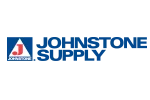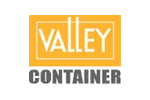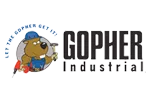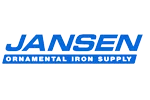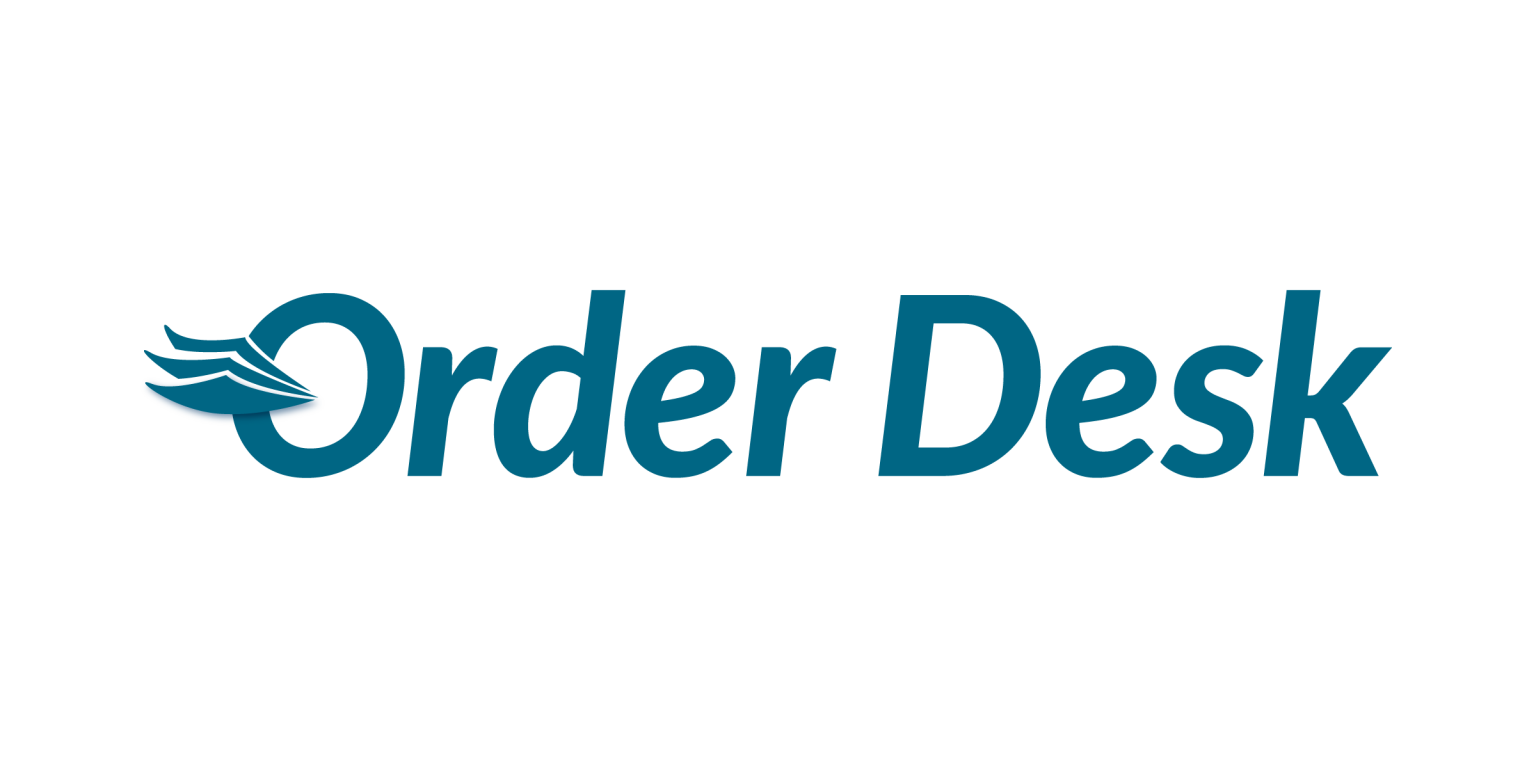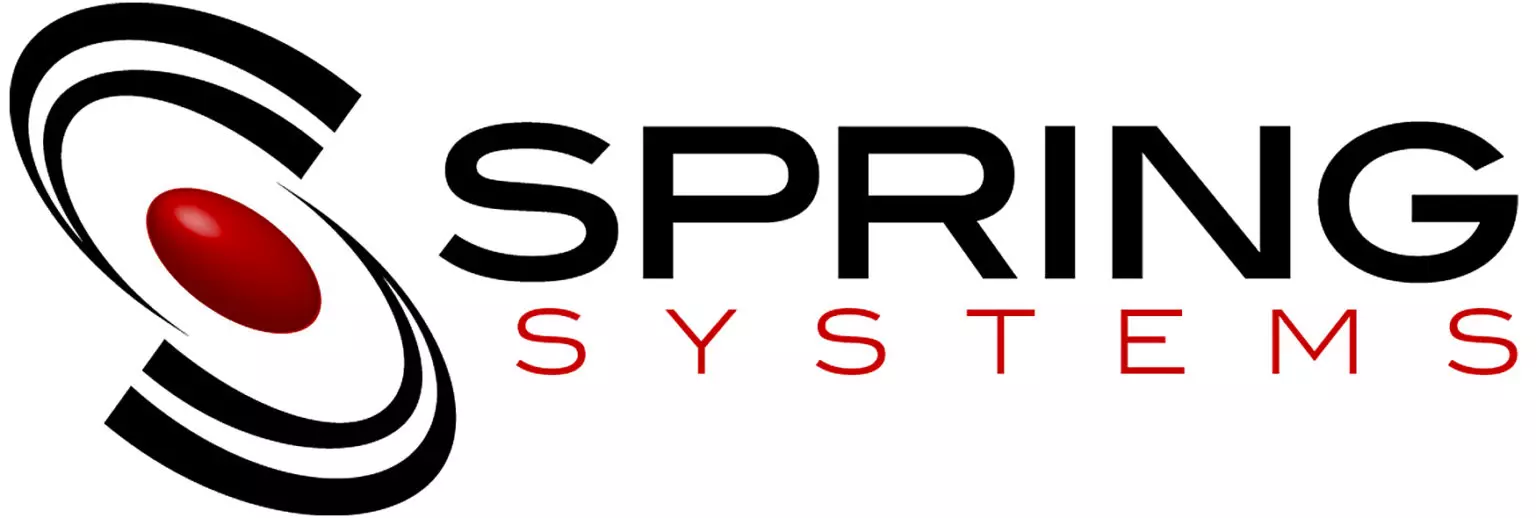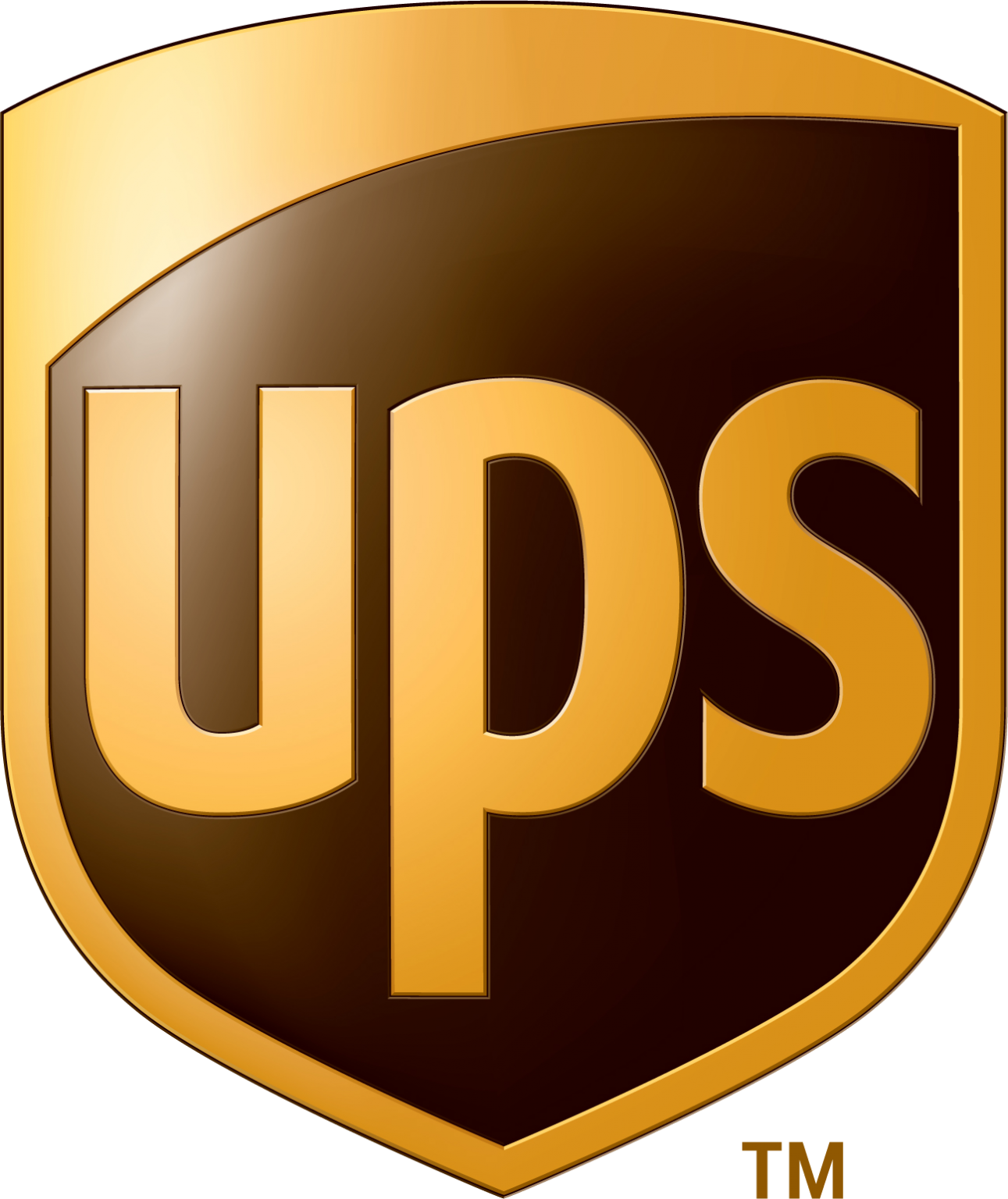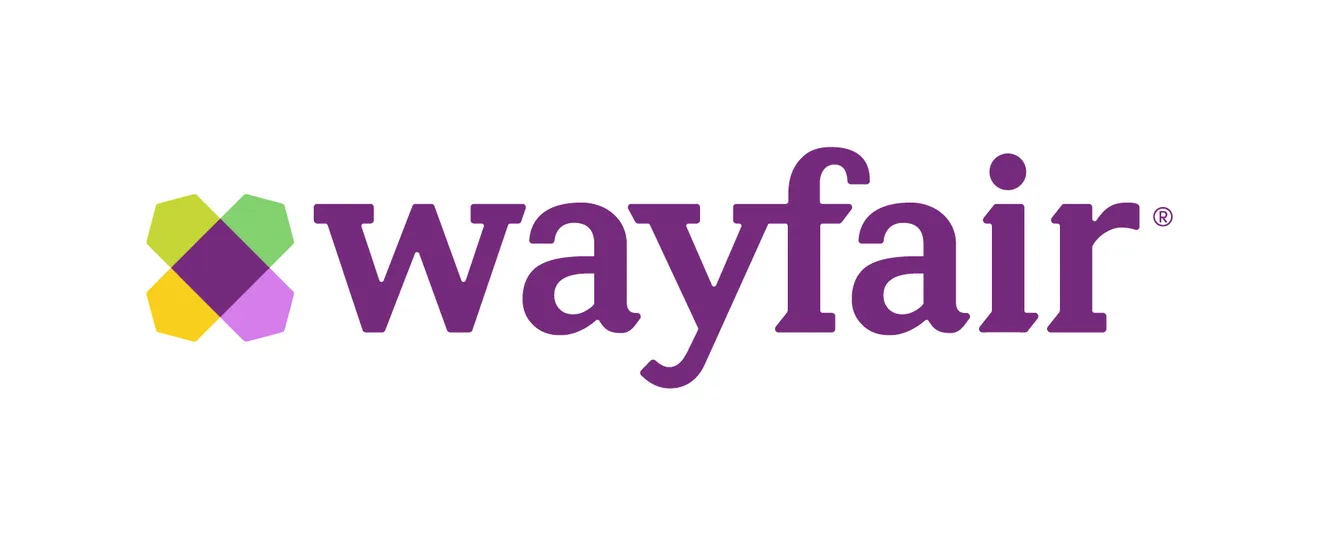VeraCore: SaaS 3PL Software for Growing Fulfillment Operations
VeraCore is now part of the Advantive family! Read announcement.
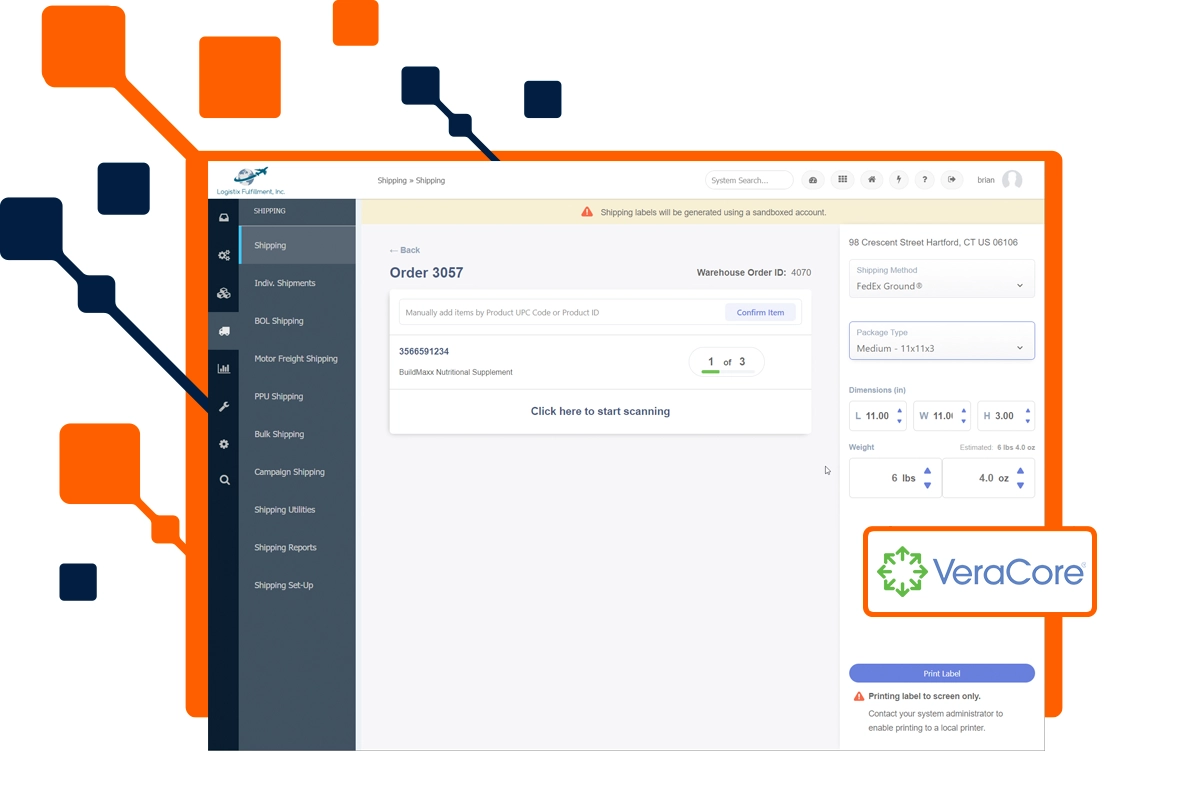

Guide
Discover everything you need to know when selecting 3PL software for your warehouse and fulfillment operations.
New Customers
Existing Customers
Maximize the Efficiency of Your Supply Chain with 3PL Software
Running a successful third-party logistics (3PL) fulfillment business has never been harder. Complexity is increasing, labor costs are rising, and customer expectations are at an all-time high. To proactively plan and automate your complex operations, you need an end-to-end fulfillment platform like VeraCore. VeraCore is industry-leading SaaS solution that brings together order and warehouse management, account management, billing, shipping, and eCommerce integrations into one easy-to-use platform.
Everyday, third-party fulfillment centers like yours orchestrate getting the right product to the right person at exactly the right time. However, delivering a seamless e-Commerce fulfillment experience can be riddled with headaches and costly errors.
To keep your clients happy and protect your bottom line, you’ll need smart warehouse software that is powerful, flexible and intelligent enough to work for your unique warehouse and client needs. VeraCore’s smart warehousing management is the foundation of our smart 3PL fulfillment platform and successfully streamlines key touch points within your warehouse operation while completely eliminating inefficiencies. Our warehouse management capabilities include:
- Inbound: Efficiently receive inventory from all your clients and suppliers to ensure the inventory you manage is always accurate and accounted for.
- Outbound: Manage and control the end-to-end order fulfillment process so you can stay on top of tight deadlines and SLA’s.
- Inventory Control: Give your customers peace of mind knowing their inventory is always accounted for and data is complete and accurate.
- Kitting: Keep clients happy by tackling their complex and unique requests like kits, product bundles, special deals or cross-promotions.
- Reports and Dashboards: Real-time access to data is essential to running your fulfillment business and your client’s businesses. Having the data you need when you need it will help you and your clients make better business decisions.
3PL Software Fully Integrated with Leading eCommerce Platforms
By integrating key applications in your fulfillment operation, you can create more streamlined workflows, saving you time and money. The VeraCore Integration Hub allows you to manage integrations for all your clients in one convenient place. By using our flexible hub, you can add integrations, manage integration exceptions, and remove integrations for all your clients. To learn more, speak to a fulfillment expert.
Landis Logistics Doubles its Order Volume with VeraCore
Learn how a full service 3PL company uses VeraCore to reduce labor costs, improve process efficiency, and strategically grow year over year.
Read NowWhat to Expect
- Free 20-minute call with a product expert
- Live demo tailored to your industry requirements
- Discover what products best fit your needs
- No games, gimmicks, or high-pressure sales pitch



